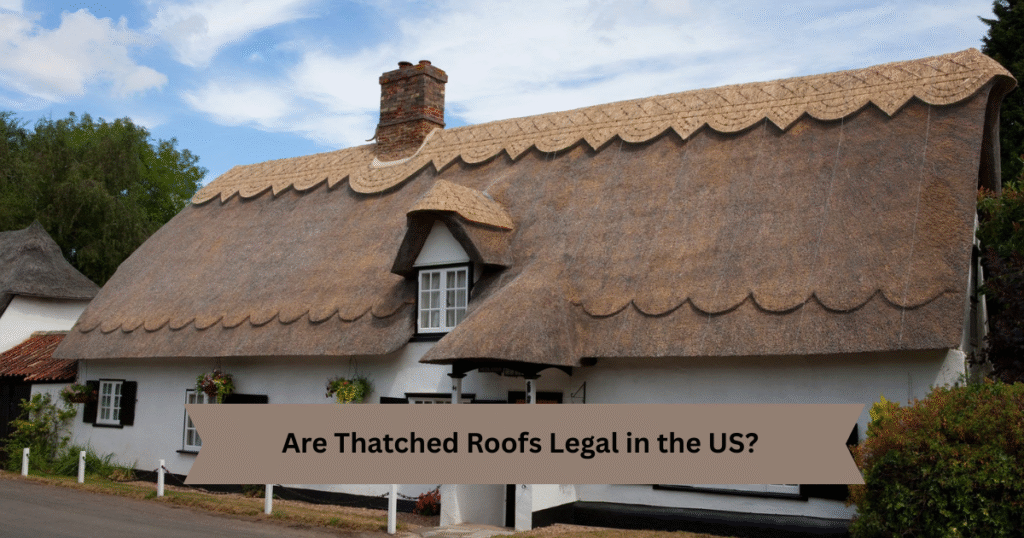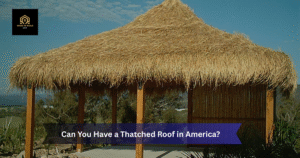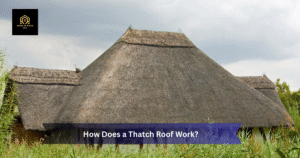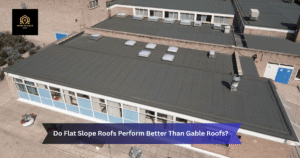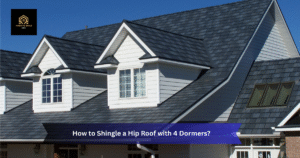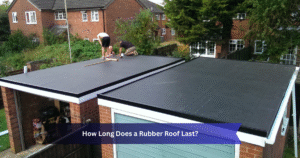Thatched roofs, with their rustic charm and centuries-old tradition, are a beautiful reminder of historical architecture. But if you live in the United States and dream of having one, you might wonder—are they even legal here? The answer isn’t straightforward, as the legality of thatched roofs depends on local building codes, fire safety regulations, and climate considerations. Let’s explore the rules, benefits, and challenges of thatched roofs in the US.
Understanding Thatched Roofs
Natural materials such as heather, reeds, straw, or palm leaves are used to make thatched roofs. This traditional roofing style is still common in parts of Europe, Africa, and Asia but rare in the US. Its appeal lies in its eco-friendly nature, natural insulation, and distinctive aesthetic.
Are Thatched Roofs Legal in the United States?
There is no federal law banning thatched roofs in the US, but local building codes and fire safety regulations can restrict their use. In many areas, particularly in cities or regions prone to wildfires, thatched roofs face stricter regulations due to their flammability.
Factors that determine legality include:
- State and Local Building Codes – Some states allow thatched roofs but require specific fire-retardant treatments.
- Zoning Laws – Certain neighborhoods or historic districts may permit them to preserve cultural heritage.
- Fire Safety Regulations – Many municipalities require Class A fire-resistant roofing materials, which can be achieved with treated thatch.
Where Thatched Roofs Are More Likely to Be Allowed
Thatched roofs are more likely to be legal and approved in:
- Rural areas with fewer strict building restrictions.
- Historic preservation districts aiming to maintain traditional architectural styles.
- Private properties with large setbacks from neighboring structures.
Challenges of Having a Thatched Roof in the US
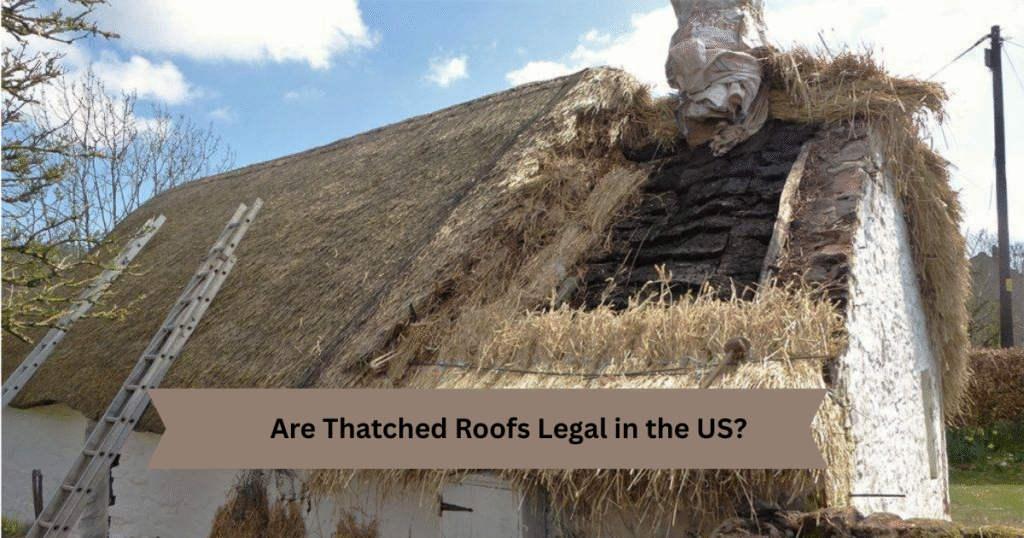
While possible, owning a thatched roof in America comes with some hurdles:
- Fire Risk – Untreated thatch is highly flammable. To meet safety standards, you’ll need professional fire-retardant treatment.
- Maintenance – Thatch needs regular upkeep to prevent rot, mold, and pests.
- Insurance Costs – Many insurers consider thatched roofs higher risk, increasing premiums.
- Skilled Labor – Thatched roofing experts are rare in the US, so installation and repairs can be costly.
Advantages of a Thatched Roof
Despite these challenges, there are many benefits:
- Eco-Friendly – Made from renewable natural resources.
- Excellent Insulation – Thatched roof keeps homes warm in winter and cool in summer.
- Unique Aesthetic – Creates a one-of-a-kind, charming appearance.
Modern Solutions for Legal Compliance
If you want a thatched roof but live in an area with strict codes, there are ways to make it possible:
- Fireproof Coatings – Advanced fire retardants can significantly reduce flammability.
- Synthetic Thatch – Made from durable, fire-resistant materials while maintaining a traditional look.
- Hybrid Roofing – Combining thatch aesthetics with modern roofing layers for added safety.
Final Thoughts
Thatched roofs can be legal in the US, but approval depends on where you live and how you meet fire safety regulations. If you’re considering one, start by reviewing your local building codes, consulting with a roofing expert, and exploring modern fireproofing options.
If you’re looking for expert roofing advice, guides, and resources, visit Made to Build USA — your go-to source for construction and roofing knowledge.
FAQ
1. Are thatched roofs legal in the US?
Yes, thatched roofs are legal in most parts of the United States. You must, however, abide by regional fire safety and building codes. Some areas may require additional fireproofing measures.
2. Do you need a permit for a thatched roof in the US?
In many states and cities, a building permit is required before installing a thatched roof. For precise requirements, always check with the building department in your area.
3. Are thatched roofs safe in the US?
Modern thatched roofs can be safe if constructed with fire-retardant materials and installed by professionals who follow local safety codes. Proper maintenance further enhances safety.
4. How long does a thatched roof last in the US?
A thatched roof can endure for 20 to 30 years with proper maintenance. The ridge often needs replacing every 8–10 years to maintain structural integrity.
5. Where can you find thatched roofs in the US?
Thatched roofs are found in rural areas, historical sites, and themed properties, particularly in states like California, Florida, and parts of New England.
